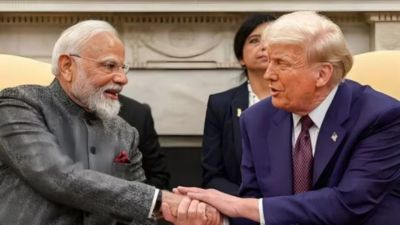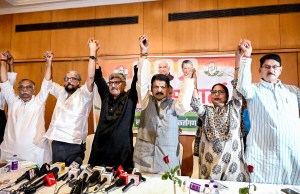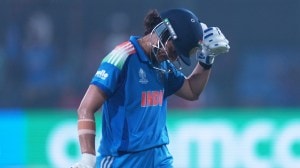Indian fencers? Govt sends 18 to world meet!
It defies the observations of a Parliamentary Standing Committee, it defies all precedent and it sure defies logic: India is sending 18 part...

It defies the observations of a Parliamentary Standing Committee, it defies all precedent and it sure defies logic: India is sending 18 participants to the World Fencing Championship at Leipzig, Germany. This is more than four times the usual figure and probably 18 more than the number of medal prospects.
India has hardly any fencing culture, has never won a medal at even the Asian level and has no chance of winning one now. And so the decision to send 20 people — two officials included — flies in the face of a Standing Committee observation in 1999 that ‘‘no team/individual should be sent to international sports meets (if they) have no chance of winning the medals, even at no cost to the government.’’
Well, this trip comes at a cost: Rs 15 lakh of taxpayers’ money (the government picked up the tab), by conservative estimates, not including the money spent on training the players. That’s not the only reason why the size of this team defies logic:
• The previous two world tournaments — in France, 2001, and Cuba 2003 — saw four-member teams being sent. No team was sent to the 2002 Busan Asian Games
• In August 2005 the Sports Ministry pruned down a list sent for the Asian Championships in Malaysia, saying juniors should not take part in a senior meet. This team, though, has two juniors who by that same criteria shouldn’t be there
• Some of the participants don’t have performance kits — mask, fencing jacket, weapon. Kits not approved by the FIE, the world body, can invite disqualification
• Giorgio Guerrini, the foreign expert overseeing the training, believed that the team should be restricted to just one category — epee — out of three. In the previous two world competitions, only the men’s epee team got the clearance; this time, foil and sabre were also cleared
But the Fencing Federation of India (FFI) sees nothing wrong with sending a huge contingent. ‘‘Participation in world competitions will give players good exposure’’, said FFI president Arvind Khanna.
The obvious counter to that is, the federation should send rookie participants to low-key tournaments where expenditure is low and the standards not impossibly high. Not to the world meet, where first-round elimination is predicted.





- 01
- 02
- 03
- 04
- 05


























